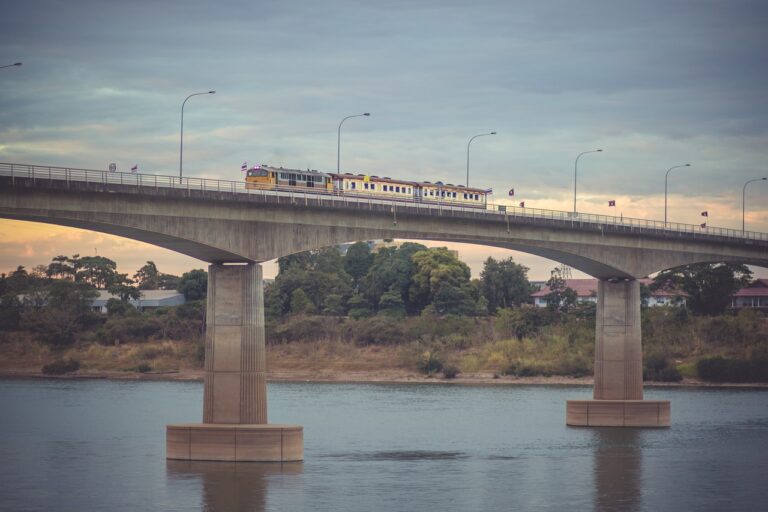This Policy Brief assesses recent developments in Lao PDR’s transport infrastructure network, taking the Laos-China railway as a focal point, demonstrating that this railway line is a source of economic opportunities as well as dependencies that could contribute to transforming Lao PDR from a landlocked to a landlinked country. It also explores the possibility of complementarity between the Chinese Belt and Road Initiative (BRI) and the EU’s Global Gateway, and the potential impact on regional integration in Laos.
The main findings include that Lao PDR has a limited transport infrastructure network, based mainly on road connections, while the rail network is still in its early stages of development. Dependent on its trade connections with neighbouring countries, the development of a reliable and multi-faceted transport connectivity infrastructure network is therefore essential for Lao PDR to pursue its economic and social development and strengthen its regional integration. To achieve this objective, Lao PDR is actively involved in regional initiatives initiated by the Association of Southeast Asian Nations (ASEAN) and favours joint cooperation with foreign players, particularly China, which is becoming increasingly involved in Southeast Asia. As one of the most visible parts of the BRI in Southeast Asia, the Laos-China railway represents both a source of potential economic benefits and a risk of dependence on Beijing, as Lao PDR’s public debt has reached a worrying level. In this context, the EU aspires to play a greater role in the region through its Global Gateway initiative, offering an alternative to the BRI. Despite different development agendas, the most beneficial scenario for Lao PDR, China and the EU would be for the initiatives financed by the BRI and the Global Gateway to be complementary to each other and benefit from the mutual synergies of various transport connectivity infrastructure projects.
Author: Rémi Tamin, EIAS Junior Researcher
Photo credits: Pixabay

